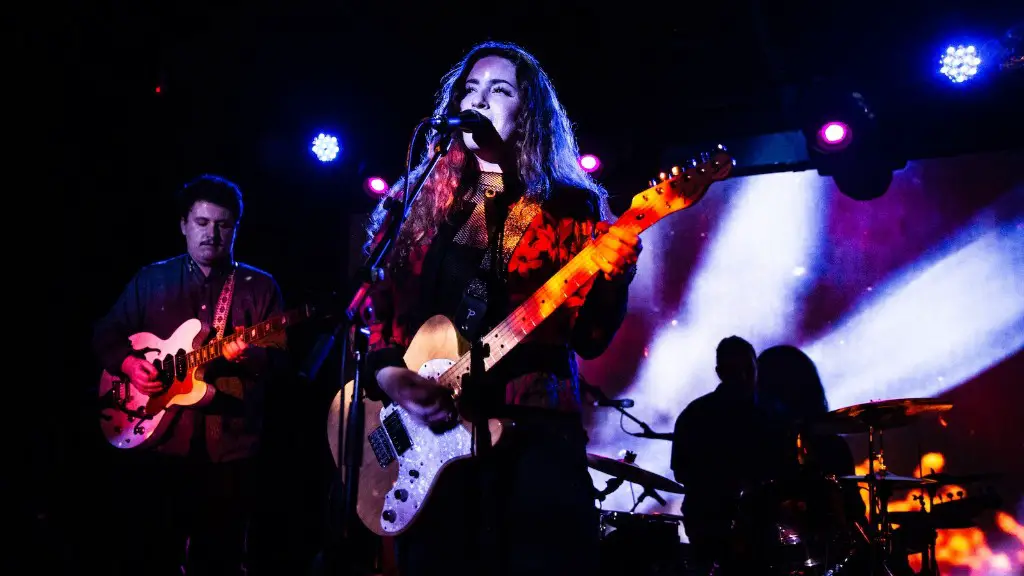Monkeys may be easy to draw but they can still be tricky to make perfect. It takes some practice to get those fur lines just right, those eyes and little teeth right and that tail exactly curved. But it is creative and enjoyable work, and with patience, you can get nice results. Let’s jump right in!
1. Designing your Monkeys
Before you even put pen to paper, plan what you’ll be drawing. For this guide, let’s use a small monkey or chimpanzee. First, decide what your monkey will be eating, standing on or maybe even carrying. Once you know the context of your drawing, sketch the basic shapes, like a circle for the head, stick-like arms and legs and a triangle for the tail.
2. Blocks of Fur
Now it’s time for the fur. Start by sketching out big blocks, like long rectangles for the arms and longer rectangles for the legs. For the head and tail, you can start by drawing circular fur shapes. We’ll be adding the details later, but these blocks will give your monkey dimension and make it look soft and furry.
3. Character Details
Now it’s time to start giving your monkey character! Add a flat circle to the head for the eyes, some cute small shapes inside each eye for the iris and pupil, and two blobs for the cheeks. Each fingertip can be drawn with a tiny circle. Add 2 little teeth for a smile and two tufts of hair for the ears.
4. Getting Those Fur Lines Right
Now use your pencil to start adding fur lines to the blocks you drew earlier. Don’t make them too perfect — a few imperfections will give your drawing personality and make it look more natural. Draw lightly, because you can always erase if you need to correct your lines.
5. Final Touches
Finally, you can add details and depth to your monkey’s expression. Curve the lines at the end of the mouth and draw extra long, light lines for whiskers. You can also draw a few curved lines on the back legs, on the head or arms, to make the fur look longer.
6. Coloring and Shading
Finally it’s time to get your coloring materials out and bring your monkey alive. Choose the colors you want for the hair and skin, draw some big bold lines and paint it in. To make everything look more real, don’t forget to add shadows in the right places, like under the arms and around the eyes. You can also make the monkey fur look less flat by drawing little curved lines and leaving white spaces between them.
7. Re-Evaluate and Adjust
Now your monkey is ready! But before you sign off, make sure to look at the drawing from a distance. Take a few steps back and observe your artwork. Do you think the tail is too long or the eyes are a bit too small? Now is the best time to make changes! Take your eraser and tweak the drawing until you’re satisfied.
8. Frame Your Masterpiece
Now your monkey is ready to be framed — but don’t forget to also make sure you pat yourself on the back for an amazing job. Drawing isn’t always easy, and even the smallest imperfections can make you feel disappointed. You can always adjust your drawing and make it look even better — but don’t forget to feel proud of yourself for the amazing job you’ve done.
9. Playing with other Printmaking Techniques
Now that you’re familiar with drawing your own monkeys, why not try adding some printmaking techniques to your work? Add some dynamic textures to the background, create a fun title for your drawing, and explore stamp printing, stencils and other two-dimensional printing techniques.
10. Enjoying your Work and Moving Forward
When you’ve finished drawing your monkey and added the final touches, take a moment to admire your work. It takes time and patience to make beautiful artwork, and that’s just part of the creative process. Once you’re convinced your monkey is looking its best, move on to the next creative challenge and keep practising!
